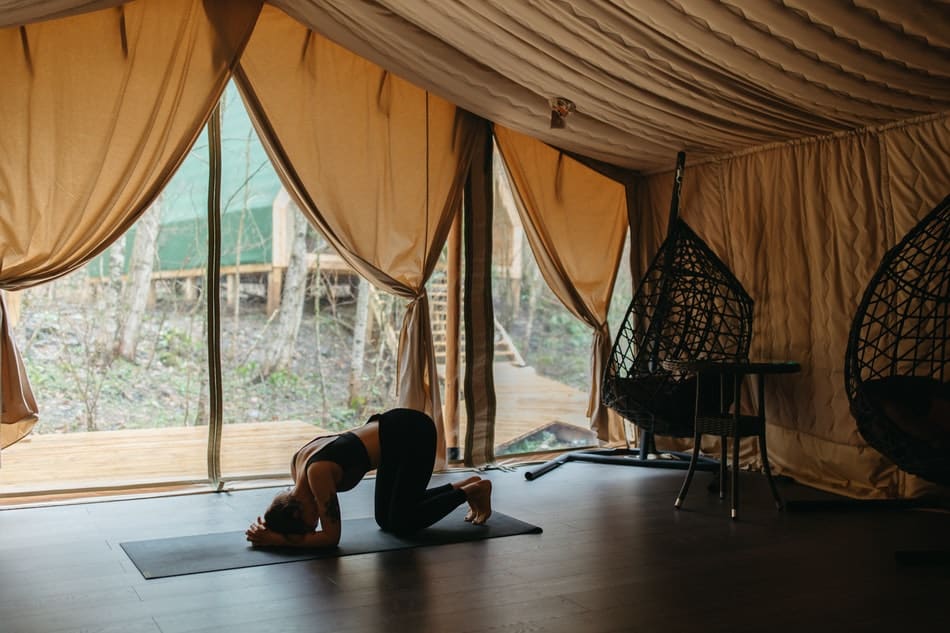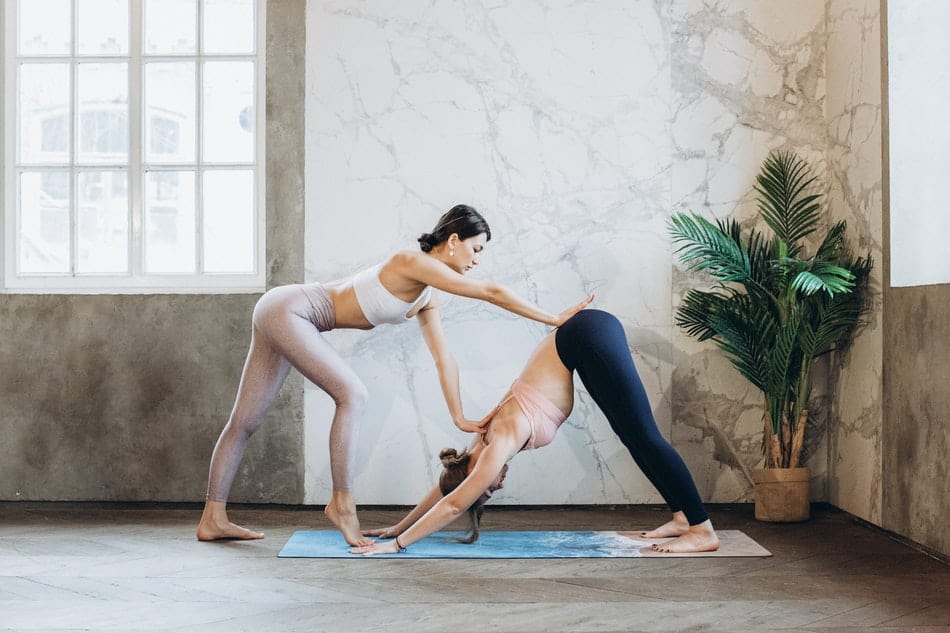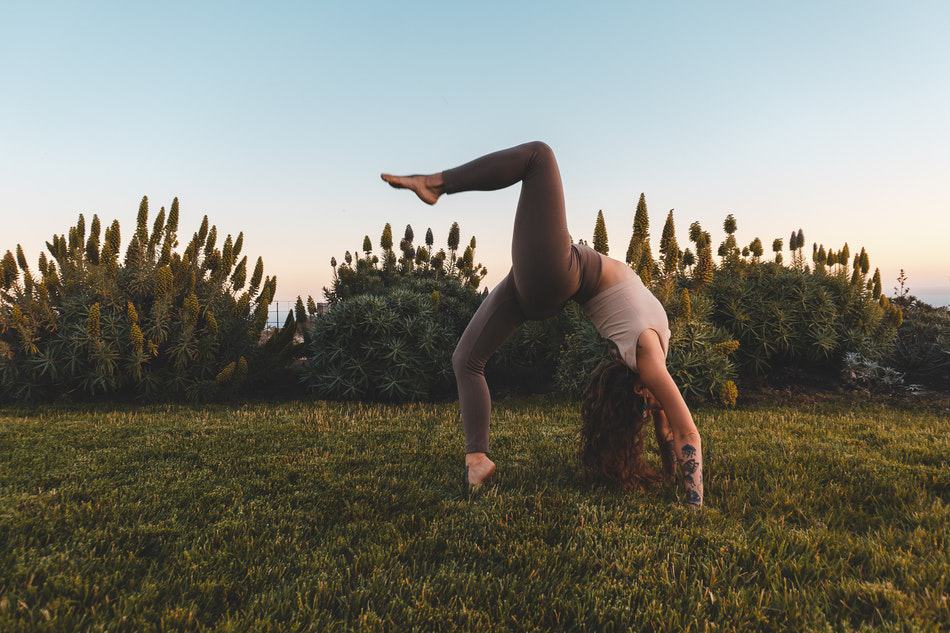There is some debate about how many series in Ashtanga Yoga will one have to do. Some say there are six, while others say there are eight. In this article, I will explore the purpose of this yoga, the components of Ashtanga Yoga, the different series, and discuss which one is right for you!
The Ashtanga Yoga series is a set of six progressively difficult yoga poses. The first and easiest series, called the Primary Series, consists of sun salutations, standing poses, seated poses, and finishing poses.
What Is The Purpose Of Ashtanga Yoga?
Yoga is an ancient practice that has a variety of benefits for the mind and body. Ashtanga yoga is a specific type of yoga that is designed to purify the body and mind. There are many different purposes of Ashtanga yoga, but here are five of the most important ones:
- The first purpose of Ashtanga yoga is to cleanse the body. This type of yoga helps to detoxify the body by stimulating the internal organs and promoting blood circulation.
- It improves flexibility. This type of yoga uses different postures and breath control to help increase flexibility in the body.
- The third purpose of Ashtanga yoga is to build strength. This type of yoga uses different postures and resistance training to help build muscle strength.
- The fourth purpose of Ashtanga yoga is to improve balance. This type of yoga helps to improve balance by using different postures that challenge the body’s sense of balance.
- The fifth and final purpose of Ashtanga yoga is to calm the mind. This type of yoga helps to relax the mind by promoting deep breathing and focusing on the present moment.
If you are looking for a type of yoga that can help you achieve all of these benefits, then Ashtanga yoga is a great option for you.

The 6 Series In Ashtanga Yoga
Ashtanga Yoga is a system of six series, each with a specific purpose. The first three series are designed to prepare the body for the more advanced postures of the fourth and fifth series. The sixth series is a set of very challenging postures that are only meant for experienced practitioners.
The first series, called Yadja-sthiti, focuses on strengthening and stabilizing the body. This is done through a variety of standing and balancing poses.
The second series, called Sthira-sukham-asanam, builds on the foundation established in the first series by adding some more difficult poses. However, even though these poses are more challenging, they should still be performed with ease and comfort.
The third series, called Bhuja-sthiti, consists of mostly inversions and arm balances. This series is designed to build strength and stamina.
The fourth series, called Trayangam, is where things start to get challenging. This series focuses on backbends and deep twists.
The fifth series, called Panchamayara, is the most difficult of all the series. It consists of very advanced poses that require a great deal of strength and flexibility.
If you are new to Ashtanga Yoga, it is best to start with the first three series before moving on to the more advanced postures of the fourth and fifth series. However, if you feel ready to challenge yourself, you can jump right into the fourth or fifth series. Remember, though, that these series are not for beginners. Only attempt them if you are confident in your abilities.
The sixth series, called Raja-sthiti, is the most difficult of all the Ashtanga Yoga postures as I mentioned earlier. It consists of very advanced poses that require a great deal of strength and flexibility. This series is only meant for experienced practitioners who have mastered the first five series.

The Philosophies Of Ashtanga Yoga
There are eight different philosophies of Ashtanga yoga that guide practitioners on their journey to enlightenment.
- The first philosophy is called the Yamas, which focuses on moral restraints and ethical practices.
- The second philosophy is the Niyamas, which emphasizes self-discipline and purification of the mind and body.
- The third philosophy is Asana, which refers to the physical postures or poses that are performed in yoga practice.
- The fourth philosophy is Pranayama, which refers to the control of breath through various breathing exercises.
- The fifth philosophy is called Pratyahara, which involves withdrawing the senses from external stimuli to focus inward.
- The sixth philosophy is Dharana, which refers to concentration or single-pointedness of mind.
- The seventh philosophy is Dhyana, which is the practice of meditation.
- The eighth and final philosophy is Samadhi, which is a state of complete absorption in the divine or pure consciousness.
These eight philosophies work together to help practitioners achieve physical, mental, and spiritual growth on their yoga journey. By following these guidelines, you can expect to experience profound changes in their lives that will lead to greater happiness and fulfillment.
How Do You Know When It’s Time To Move On To The Intermediate Series?
If you’ve been practicing the beginner series consistently for a while and are starting to feel comfortable with the poses, then it might be time to move on to the intermediate series. The intermediate series is designed to build on the foundation that you’ve established in the beginner series, so you’ll likely find that the poses are more challenging.
If you’re not sure if you’re ready for the intermediate series, talk to your yoga teacher and they can guide you. With regular practice, you’ll eventually progress to the advanced series. Until then, enjoy exploring all that the intermediate series has to offer!
How Often Should You Do Yoga For Stronger Muscles?
The number of times you should do yoga per week depends on various factors such as your goals, how active you are, and whether you have any injuries. If you’re just starting, aim for two to three classes per week.
As you become more experienced, you can increase the frequency to four or five classes per week. And if you want to focus on building muscle strength, consider doing yoga at least six times per week. Remember to listen to your body and not push yourself too hard – otherwise, you might end up injured.
Final Words
The Ashtanga Yoga series is designed to gradually open up the body through a process of progressive poses. There are six different series, each with its level of difficulty.
If you want to learn all six series, you’ll need to be dedicated and put in the work. But it will be worth it, as you’ll end up with a strong and healthy body, mind, and spirit. Thanks for reading! namaste.
Related Articles

